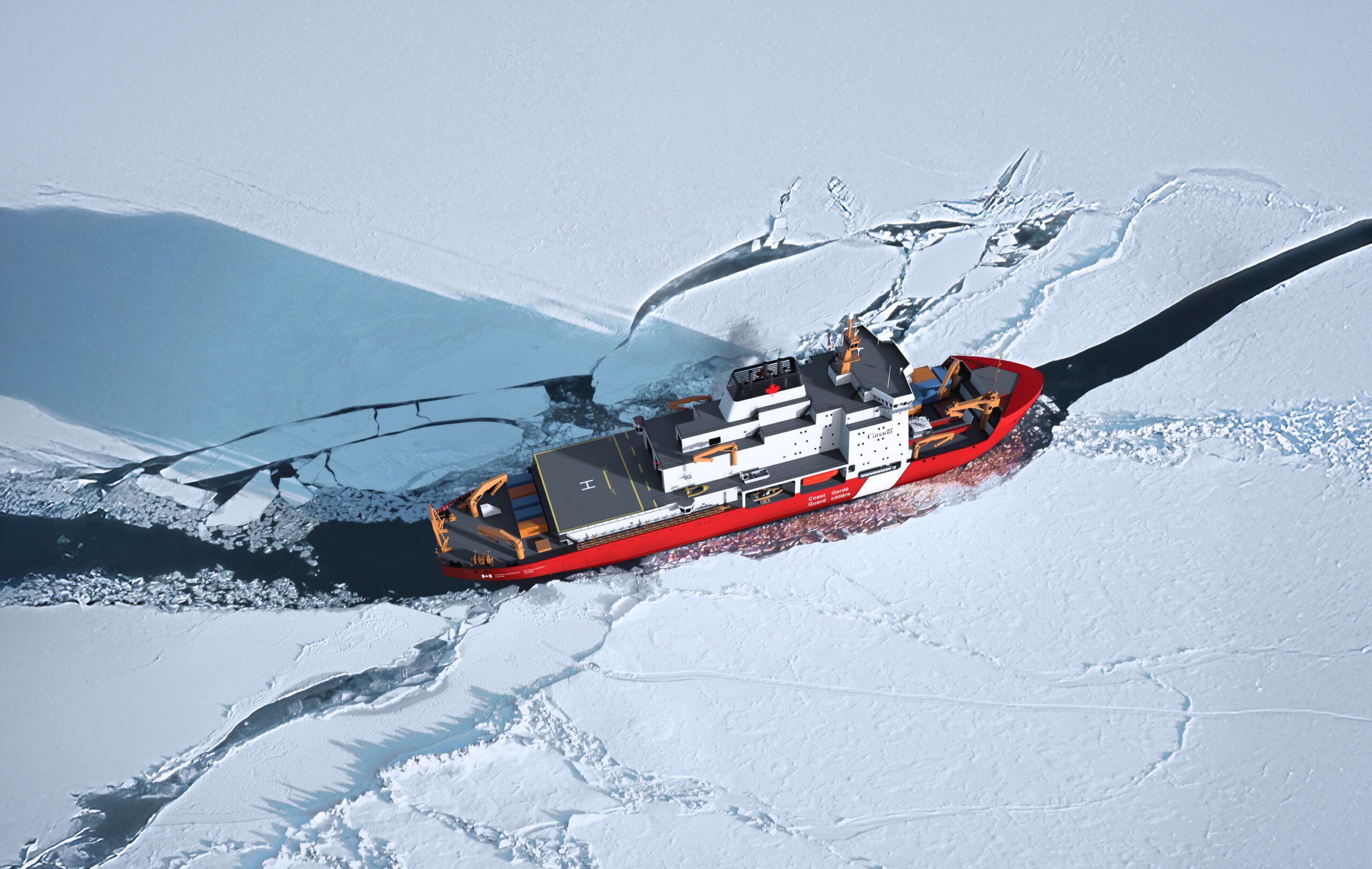Personally, I see the corvettes not as a problem, but rather as a solution, both to training and retention.
First of all, just like the type 31 in the UK is built at a faster rate than the type 26, the CMC ought to have a construction rate that is much higher than the RCD. There are many reasons for that, from the size difference to differences in engineering sophistication - while they would have quieting measures, for instance, they would not need to be the ultra-quiet vessels that the RCD will be; for another instance, they would likely only have twin diesel engines driving two separate shafts with VP screws, a much simpler engineering plant that is faster to build, etc. etc.
If the GoC moves fast, we could see the first in the water and going through acceptance trial in three years, with a new on coming on line every year after that. We all know that this (3 to4 years from now) is about the time when the worst off HAl's will start to self retire. For every HAl that "retires", you can man two corvettes and still free up 30 to 40 sailors to have (1) more instructors, or (2) more shore posting time, or (3) more time for their own next level training. Any of these possibilities helps make the sea/shore ration better and help with retention.
Moreover, you now have two ships instead of one on which to train junior officers to become watchkeepers, MS and PO2 engineers to become EOOW, and to give an first crack to junior LT's, PO2, PO1 at being heads of department in much less demanding environment. you now also have two platforms for senior LCDR's and junior C2 to become CO or CERA for the first time and see if they fit the bill for later employment in the RCD's or remaining HAL.
Finally, and here I sincerely hope that CRCN would make sure to "sell" these corvettes to the government as vessels meant for the defense of Canadian waters, because then, they could help with retention by going back to the type of sailing schedule we used to have in the 70's /early 80's. In those days (for those who weren't there

) on either coast, about 75% of the fleet would sail at some point of the morning on Mondays, only to go to our exercise area - exercise and then - be back alongside around noon on Fridays. Maybe three or four times a year, you would do an extended cruise of two or three weeks for a NATO or US exercise, or once or twice in your career, a 6 month deployment to the NATO Ready Group. So on a sea posting, you were still back home for the week end 40 to 45 times a year. Compare that to the current deployment cycle of HAL's and other fleet units and tell me that it wouldn't help with retention!
As more corvettes would come on line and help with this expansion of trained personnel and retention, the RCD's would start to come on line and be able to be manned with personnel trained up in the corvettes. The expansion of the fleet and of the number of trained personnel would proceed at a reasonable pace because of the availability of these little ships and their restrained use in Canadian waters mostly.




